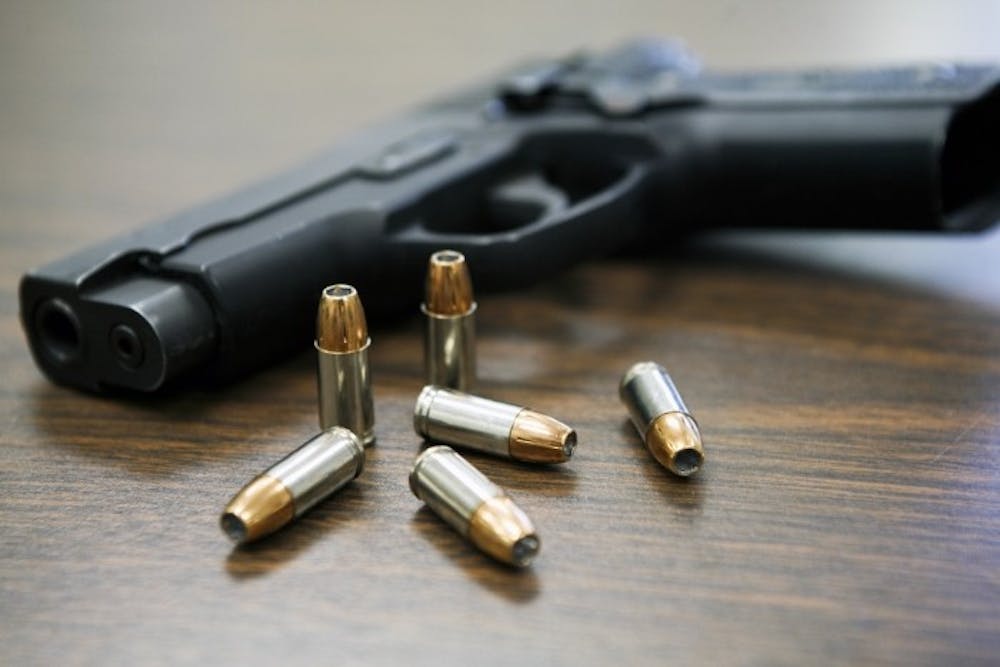Gun violence is not actually a contagious phenomenon — its effect is usually contained in a neighborhood, according to a new study completed by Penn and a researcher from Imperial College London.
Charles Loeffler, an assistant professor in the Criminology department, conducted the study with statistician Seth Flaxman, who was affiliated with Oxford University while working on the paper. They used data from firearm-related 9-1-1 calls and a “acoustical gunshot locator system” in Washington, D.C. to support their claim.
"It’s been known for some time that gun violence, like many other forms of crime and other social problems, can be clustered within certain neighborhoods,” Loeffler told Penn Current, a University-run news site. “So when we observe that a particular part of the city has an elevated risk, how do we understand what that phenomenon actually is?”
Loeffler called the phenomenon “endemic,” adding in his interview with Penn Current, “It may not last more than a couple minutes and may not lead to further acts of violence … it may be self extinguishing.”
The experiment used two hypotheses, the first of which proposed that gun violence was an epidemic — one incident follows another, and so on. The other hypothesis stated that gun violence only happens in one city at one time, but does not spread. In D.C, this “endemic, non-random clustering” model was more applicable.
Loeffler emphasized that the result of his analysis may vary depending on the city or region.
“The reality of D.C. may be different than the nature of gun-violence problems in Chicago or Los Angeles or Philadelphia," he said.
His study was released just weeks before a gunman killed close to 60 people at a music festival in Las Vegas on Oct. 1. Since the shooting at Sandy Hook Elementary School in December 2012, there have been more than 1,500 mass shootings in the United States.
Not all scholars agree precisely with Loeffler's findings. A January study from Yale University found that 60 percent of gun violence occurs in "cascades." Although these crimes originate in “socially and economically disadvantaged minority urban communities,” according to a university news release, interactions through social media “expose” someone to gun violence, who in turn exposes someone else, the study found.
More to Loeffler's conclusion, Northwestern University criminologist James Alan Fox has argued that the amount of mass shootings has remained relatively stable in recent years, but as a group of Harvard School of Public Health scholars argued in a Mother Jones piece, mass shootings tripled from 2011 to 2014 when compared, on average, to shootings from 1982 to 2011.
Starting in 2011, mass shootings have occurred every 64 days on average — a stark contrast from the average every 200 days from 1982 to 2011. These mass shootings have occurred all across the United States, from Newtown, Conn. to Fort Hood, Texas and from the University of California, Santa Barbara to Las Vegas.



